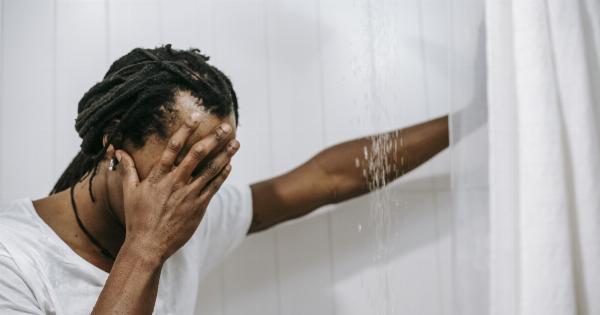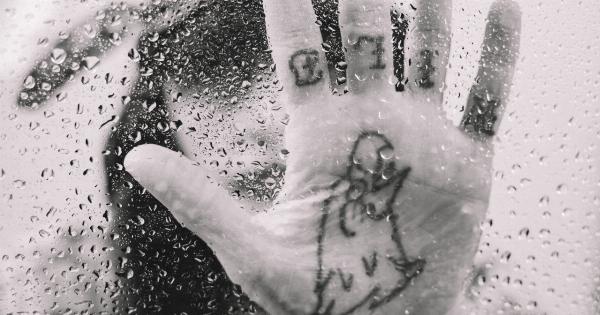Fear is a natural response to danger. It triggers a series of physiological and psychological responses aimed at keeping us safe.
However, when fear becomes excessive and irrational, it can be classified as a mental disorder known as a specific phobia or anxiety disorder. In this article, we will explore the typical symptoms of these frightful conditions and gain a better understanding of how they can affect individuals.
1. Intense and Unreasonable Fear
An individual with a specific phobia or anxiety disorder experiences an intense and unreasonable fear when exposed to a specific trigger. This fear is excessive compared to the actual threat posed by the trigger and may lead to avoidance behaviors.
2. Extreme Anxiety
In addition to intense fear, sufferers of specific phobias and anxiety disorders often experience extreme anxiety when confronting their phobic trigger. This anxiety can manifest as panic attacks, trembling, sweating, and a rapid heart rate.
3. Physical Symptoms
The physical symptoms associated with specific phobias and anxiety disorders can vary from person to person. Some common physical symptoms include shortness of breath, dizziness, nausea, chest pain, numbness or tingling sensations, and even fainting.
4. Cognitive Symptoms
Individuals with specific phobias and anxiety disorders may also experience cognitive symptoms. These can include persistent thoughts about the phobic trigger, a sense of impending doom, difficulty concentrating, and feeling detached from reality.
5. Avoidance Behaviors
Avoidance is a key characteristic of specific phobias and anxiety disorders. Individuals may go to great lengths to avoid situations or objects that trigger their fear.
This can significantly impact their daily lives and limit their activities and social interactions.
6. Emotional Distress
The presence of specific phobias and anxiety disorders often leads to a significant emotional distress and impairment in functioning. Individuals may experience a constant state of fear, worry, or a sense of impending doom.
This emotional distress can negatively impact their overall well-being and quality of life.
7. Interference with Daily Life
Specific phobias and anxiety disorders can interfere with an individual’s ability to perform everyday tasks and responsibilities. They may have difficulty going to school or work, participating in social activities, or even leaving their homes.
These difficulties may lead to social isolation and further exacerbate their fears and anxieties.
8. Sleep Problems
Many individuals with specific phobias and anxiety disorders suffer from sleep problems. They may have difficulty falling asleep, experience frequent nightmares, or wake up feeling restless and anxious.
These sleep disturbances can further contribute to their overall distress and impact their mental and physical health.
9. Impact on Relationships
Living with specific phobias and anxiety disorders can strain relationships with family, friends, and romantic partners.
The constant need to accommodate or avoid triggers can be challenging for loved ones to understand and may lead to frustration or resentment.
10. Mental and Physical Exhaustion
Coping with specific phobias and anxiety disorders can be mentally and physically exhausting.
The constant state of fear and anxiety, along with the avoidance behaviors, can drain an individual’s energy and leave them feeling overwhelmed and fatigued.































